T. A. Gardner
ACCESS: Top Secret
- Joined
- 18 February 2021
- Messages
- 1,151
- Reaction score
- 2,021
They can be, the bunker example would be a good use for a guided munition as it is likely going to take the same overall cost in dumb to do it. However there are times you just want to flatten a grid square and for that kind of stuff dumb will do.You do realize guided munitions are waaay more cost effective, right?If only someone had thought about making some "dumb" munitions for the Zumwalt class...nOoO they had to only make high tech wiz bang stuff that costs as much as a squadron of F/A-18's to fill the magazines!
Sure people can think that large scale amphibious operations are never going to happen... but the best way to ensure that you will need to pull an Inchon to save your ass is to get rid of the ability to pull an Inchon to save your ass
One guided munition does the work of a dozen dumb bombs, and cuts down the number of aircraft and support assets needed to conduct a strike.
Actually no, they won't, because due to poor dispercion it would cost several times as much as flattening the same area with JDAM's. Also, using dumb bombs would require you to risk your planes more, so you probably would lose some.They can be, the bunker example would be a good use for a guided munition as it is likely going to take the same overall cost in dumb to do it. However there are times you just want to flatten a grid square and for that kind of stuff dumb will do.
He wasn't referring (I don't think anyway) to bombs specifically, but to artillery rounds. In which case, you don't actually want pinpoint accuracy. If you're trying to cover an assault, you want your artillery to blanket an area. To cause casualties to the enemy yes, but more importantly, to force them to keep their heads down so they can't shoot at you while you're exposed. You want generalized destruction, not specific destruction of one target.Actually no, they won't, because due to poor dispercion it would cost several times as much as flattening the same area with JDAM's. Also, using dumb bombs would require you to risk your planes more, so you probably would lose some.They can be, the bunker example would be a good use for a guided munition as it is likely going to take the same overall cost in dumb to do it. However there are times you just want to flatten a grid square and for that kind of stuff dumb will do.
dispersion on the 16's using the upgraded FC system on their last deployment was less than 0.74% of range not the previous 2-3%(roughly able to put a round within 20-30 meters at 20km).. more than adequate to flatten a grid square.. the accuracy of the modern 155mm is MUCH better than that even with dumb munitions.Actually no, they won't, because due to poor dispercion it would cost several times as much as flattening the same area with JDAM's. Also, using dumb bombs would require you to risk your planes more, so you probably would lose some.They can be, the bunker example would be a good use for a guided munition as it is likely going to take the same overall cost in dumb to do it. However there are times you just want to flatten a grid square and for that kind of stuff dumb will do.
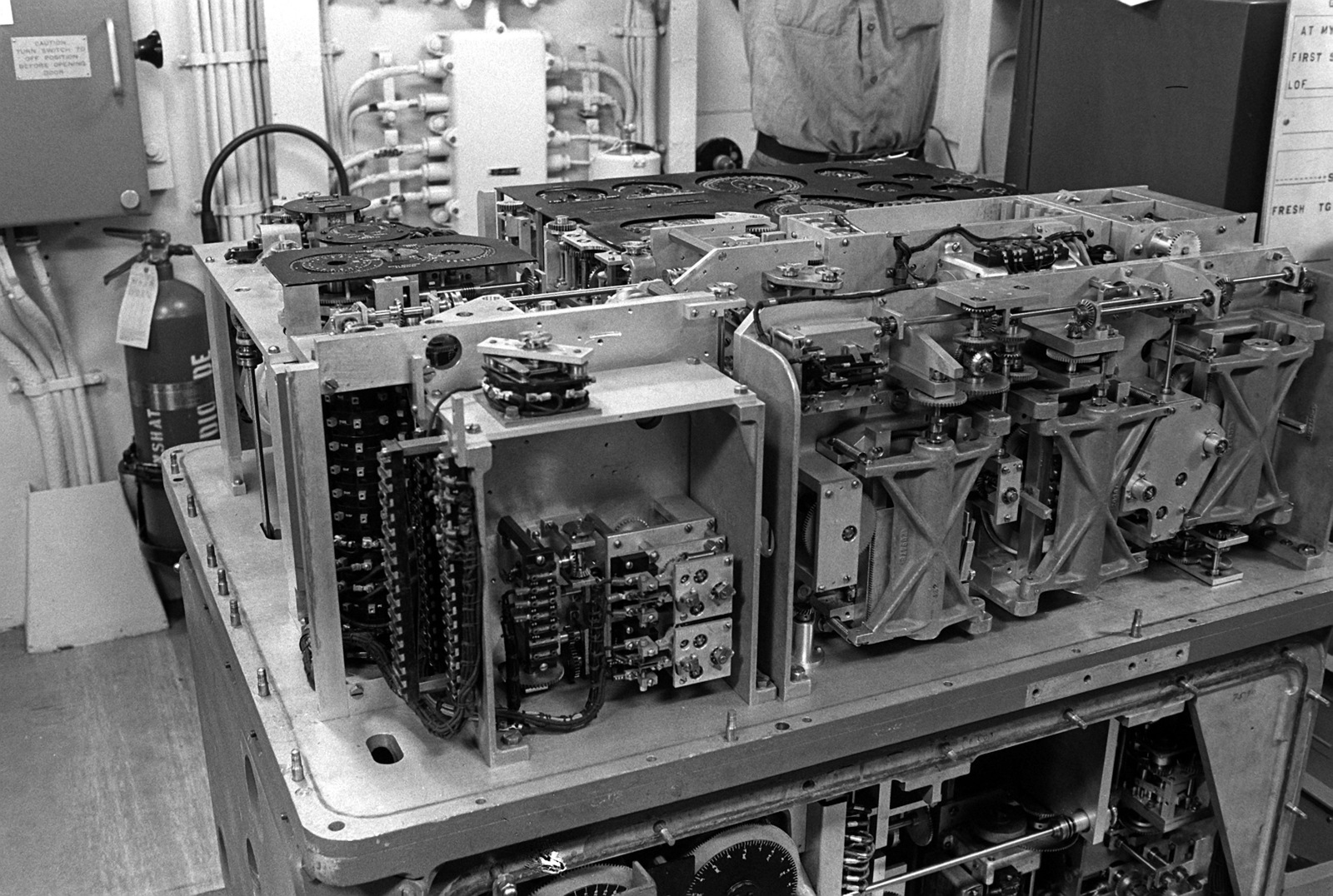
It's funny, I just got in this discussion with someone on Facebook, about the Navy lacking the technical ability to operate these ships anymore. For reference, the Wasp class LHDs still use a traditional steam plant. They have 2 boilers each. Meaning across the entire fleet, the Navy has 216 boiler technicians (plus however many are on shore duty). One Iowa class by itself will need a minimum of 144 BTs (6 men per boiler times 8 boilers times 3 watches). Bringing the entire fleet back would need no less than 576 BTs on the ships at any given time. And i have to stress, that is the minimum number needed.To bring them back today, the Navy would have to either recall to duty a number of retired engineering types to assist in training the crew, or start from scratch training people to operate the propulsion plants on these ships. They alone have boilers. Boiler Tech is a dead rating today. At most, current ships have a small donkey boiler aboard for hotel loads and nothing else. On a modern carrier, one engine room watch would be about 8 to 12 crew total. On a battleship, you have that in one boiler room alone because nothing is automated.
Try to find parts for that (Mk 8 FC computer)

At least the asbestos would already be gone from the Iowas. The other classes would have to have that stripped from everything. The overhaul to get those ships operational would last years.
No, those fixes I'm talking about are not easy. Many of the systems on those battleships cannot be sourced. The technical manuals may not even exist anymore. Drawings and technical data likely have lots of parts that can't even be reliably identified. The ship doesn't work if even the minor and mundane things on it don't work.And again those are the EASY fixes the Navy need to do.
The Hard one is the Guns.
From my reseach the Wisconsin has the Best barrels of the lot, with the highest being bout 400 shots though it.
The rest are pushing 800 shots average on their guns.
The Iowa Mark 8 barrels are rated for only 1500 shots.
That life goes FAST in training which you will need to do to retrain everyone on the guns.
And we can not make any more barrels nor do we have any spares, those got scrap in the early 00s.
You can see the issue.
They have bout 5 years, maybe if they only use one ship to train them on. After that?
Basically missile barges.
I'm afraid, both ways are dead end. Let's not forget, those ships were decommissioned for the last time in early 1990s. So the last sailors that served on them are 50-60 years old. And for the last 30+ years they did not work with anything like those old steam plants at all. Their knowledge is rusty and incomplete.To bring them back today, the Navy would have to either recall to duty a number of retired engineering types to assist in training the crew, or start from scratch training people to operate the propulsion plants on these ships.
Well, if you consider "diassembling the battleship, throwing out the old power plant and installing new one in place" to be easy...And again those are the EASY fixes the Navy need to do.
Sigh. Why can't you just use rockets?I will once more bring this back to my original statement: Make some dumb rounds, or dumbER rounds for the 155mm. Don't need the 16's you just need more than 127mm and lets try to keep this to about $20,000 a shot max
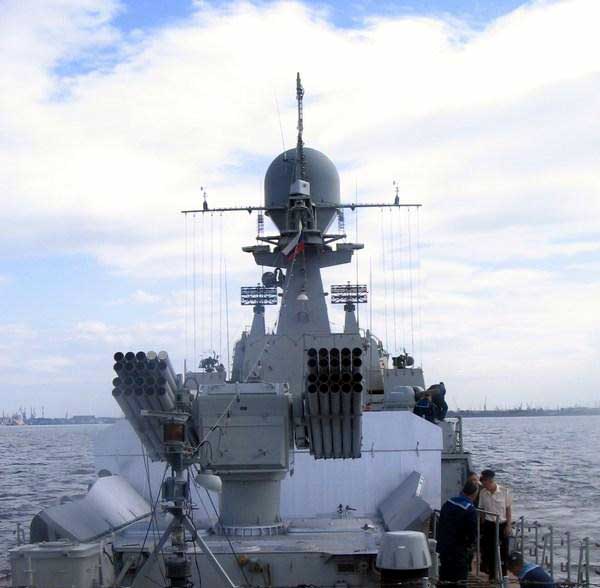
Well, if you consider "diassembling the battleship, throwing out the old power plant and installing new one in place" to be easy...And again those are the EASY fixes the Navy need to do.
The Navy's done that before:Well, if you consider "diassembling the battleship, throwing out the old power plant and installing new one in place" to be easy...And again those are the EASY fixes the Navy need to do.
The proverbial "keep the name plate plus the ship bell, and rebuild a brand new ship around them. Then said: upgrade done." LMAO.
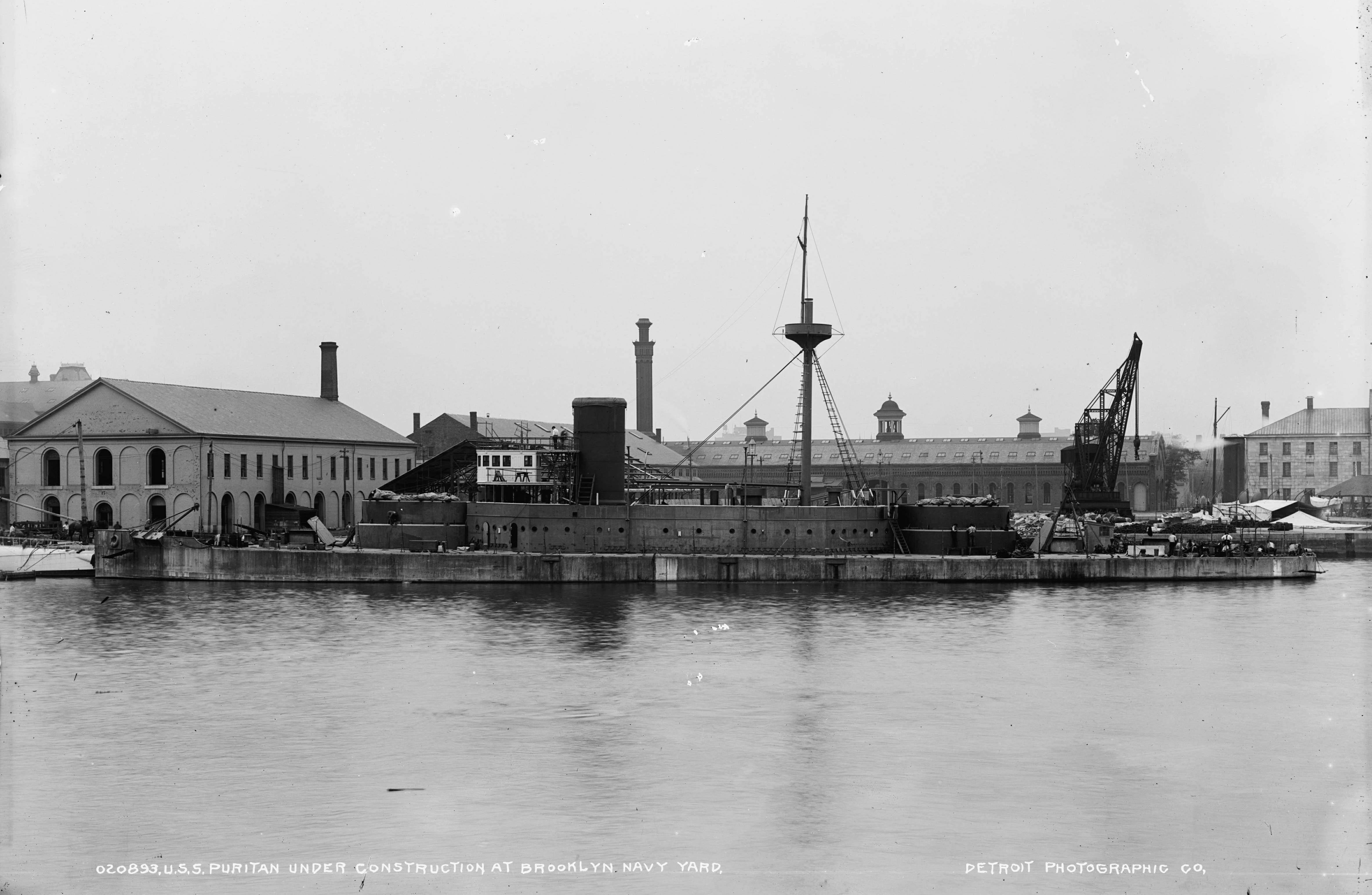
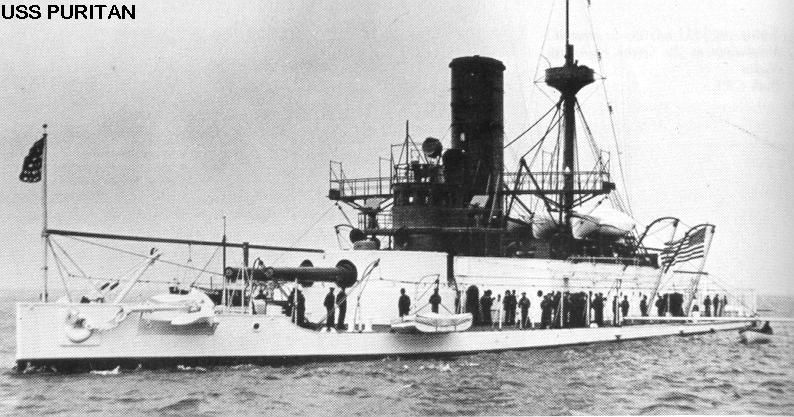
you can. the advantage of a gun system with an internal magazine is you can just keep firing in bad weather without worries about moving tubes on deck. I mean HIMARS has been doing journeyman work in Ukraine and performing brilliantly... still nice to have a simple, stupid arty tube that fires a round free from a cheap chip built somewhere else that can get crimped off.Sigh. Why can't you just use rockets?I will once more bring this back to my original statement: Make some dumb rounds, or dumbER rounds for the 155mm. Don't need the 16's you just need more than 127mm and lets try to keep this to about $20,000 a shot max

While i do agree that bringing the Iowa class back makes no sense, at the time the ships were decommissioned, they only had about 1500 or so. Still more than anything else in the fleet that isn't a carrier, but...What purpose would an Iowa reactivation even serve? All the DoD wargames have the next war lasting a few months at the longest. And even then, what will it actually do? That’s hardly enough time to bring a ship from museum status to being combat ready, let alone train her crew. And for a peacetime reactivation, the Navy already has severe undermanning issues, so I don’t think we need to bring in another 2000 man vessel.
The only missiles that would be installed on any battleship reactivation would be harpoon and tomahawk. And they could operate those (in theory, there are some questions as to whether new models of it Tomahawk could be used with the armored box launchers on the Iowas).There's still more issues and problems. Except for the Iowa's (assuming this equipment wasn't removed) none of these ships have electrical power plants that come close to supplying what they need for modern electronics and systems. None have a 400 Hz system at all (necessary for missiles and some other electronics along with support for operating helicopters).
The generators are just too small that are aboard.
That’s assuming the ABLs and Mk143s still work (which I doubt). Chances are the they would all be replaced by VLS cells, as seen in the 1995 limited modernization study. Essentially they would’ve ended up raising the superstructure by half a deck.While i do agree that bringing the Iowa class back makes no sense, at the time the ships were decommissioned, they only had about 1500 or so. Still more than anything else in the fleet that isn't a carrier, but...What purpose would an Iowa reactivation even serve? All the DoD wargames have the next war lasting a few months at the longest. And even then, what will it actually do? That’s hardly enough time to bring a ship from museum status to being combat ready, let alone train her crew. And for a peacetime reactivation, the Navy already has severe undermanning issues, so I don’t think we need to bring in another 2000 man vessel.
The only missiles that would be installed on any battleship reactivation would be harpoon and tomahawk. And they could operate those (in theory, there are some questions as to whether new models of it Tomahawk could be used with the armored box launchers on the Iowas).There's still more issues and problems. Except for the Iowa's (assuming this equipment wasn't removed) none of these ships have electrical power plants that come close to supplying what they need for modern electronics and systems. None have a 400 Hz system at all (necessary for missiles and some other electronics along with support for operating helicopters).
The generators are just too small that are aboard.
Speaking as a Marine, we are always going to want the biggest guns, on the biggest ship, with the heaviest armor to shoot us in when we have to hit a beach. That basic doctrine hasn't changed since the age of sail. And it likely won't ever change. Having a 16" armed battleship parked offshore is the stuff wet dreams are made of for Marines told to hit a beach.
What that paper is articulating is what the Marine Corps sees as needed to fulfill its tasking, namely amphibious assault. The Navy's issues with reactivating and manning 4 battle wagons isn't our problem. Our problem, is we need more than a couple of five inchers parked offshore to shoot us in. How the Navy addresses that, is their problem.
The Corps could stop thinking it's job is to repeat Tarawa. It's not happening. Large-scale opposed landings are dead as the proverbial LVT. The current commandant at least gets that (as much as one can quibble with the details).
What you really want if it is rockets, is something like the USS Carronade IFS 1. That ship hurls rockets continuously for fire supportyou can. the advantage of a gun system with an internal magazine is you can just keep firing in bad weather without worries about moving tubes on deck. I mean HIMARS has been doing journeyman work in Ukraine and performing brilliantly... still nice to have a simple, stupid arty tube that fires a round free from a cheap chip built somewhere else that can get crimped off.Sigh. Why can't you just use rockets?I will once more bring this back to my original statement: Make some dumb rounds, or dumbER rounds for the 155mm. Don't need the 16's you just need more than 127mm and lets try to keep this to about $20,000 a shot max

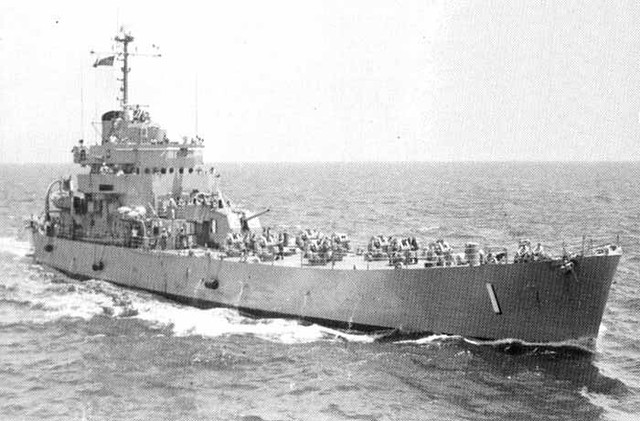
The terms "rebuild" and "conversion" are deceptive terms deliberately used to trick Congress into thinking that the USN was NOT simply building new ships - which is, of course, exactly what they were doing!The Navy's done that before:Well, if you consider "diassembling the battleship, throwing out the old power plant and installing new one in place" to be easy...And again those are the EASY fixes the Navy need to do.
The proverbial "keep the name plate plus the ship bell, and rebuild a brand new ship around them. Then said: upgrade done." LMAO.
USS Puritan as originally constructed:

USS Puritan as rebuilt as BM-1

The ship went from being a late Civil War monitor to being a quasi-battleship of the 1880's... There was little or nothing of the original left when the conversion was finished.
It's funny, I just got in this discussion with someone on Facebook, about the Navy lacking the technical ability to operate these ships anymore. For reference, the Wasp class LHDs still use a traditional steam plant. They have 2 boilers each. Meaning across the entire fleet, the Navy has 216 boiler technicians (plus however many are on shore duty). One Iowa class by itself will need a minimum of 144 BTs (6 men per boiler times 8 boilers times 3 watches). Bringing the entire fleet back would need no less than 576 BTs on the ships at any given time. And i have to stress, that is the minimum number needed.
And, that's the rub. Try teaching some kid today how to do feedwater to an Iowa or S. Dakota class battleship using Yarway sightglasses...It's funny, I just got in this discussion with someone on Facebook, about the Navy lacking the technical ability to operate these ships anymore. For reference, the Wasp class LHDs still use a traditional steam plant. They have 2 boilers each. Meaning across the entire fleet, the Navy has 216 boiler technicians (plus however many are on shore duty). One Iowa class by itself will need a minimum of 144 BTs (6 men per boiler times 8 boilers times 3 watches). Bringing the entire fleet back would need no less than 576 BTs on the ships at any given time. And i have to stress, that is the minimum number needed.
Indeed - LHD-1 Wasp, LHD-2 Essex, LHD-3 Kearsarge, LHD-4 Boxer, LHD-5 Bataan, & LHD-7 Iwo Jima are powered by 600PSI 900° boilers that are slightly modernized (with better controls and automation) versions of those in the Iowas (as were the former LHD-6 Bonhomme Richard, the 5 Tarawa class LHAs, and the 7 Iwo Jima class LPHs) - but the numbers of boiler techs required would still be nearly impossible to scrounge up... basically every boiler tech that ever served in the Wasp (2 boilers), Tarawa (2 boilers), and Iwo Jima (1 boiler) classes that is still physically capable of working would be required to bring the Iowas (8 boilers each) back into service.
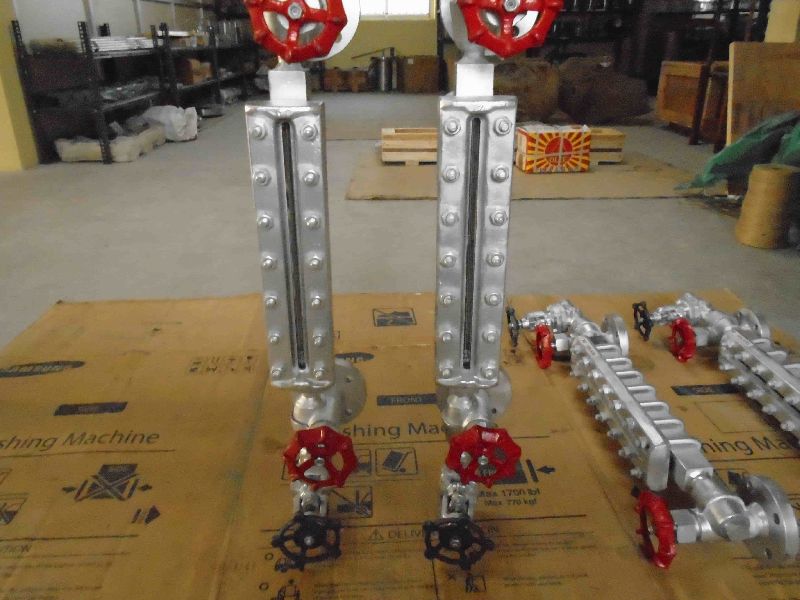
It's a pain, but that's probably the easiest thing to teach. There are dozens of steam locomotives operating in the US that use manual sight glasses, so it's not too arcane of a skill to learn. But again, that's the easiest thing to relearn. The rest is considerably more difficult.The technology is almost stone age. By today's standards it's crude and requires the operator's constant attention. It is labor intensive when automated controls would work better with greater safety.
On the Iowa class, that's already been done. They were converted to DFM during their 1980s reactivation. If, for some batshit insane reason, you decided to bring back North Carolina and the two SoDaks, they would have to be converted from Bunker C to DFM.Then you have to convert the boiler feeds from heavy marine fuel to either DFM or JP 5 because you can't use heavy marine anymore--you can barely even get it.
Again, this has already been done on the Iowas during their 1980s reactivation. Even the older BBs had some air conditioning in certain spaces (CIC for instance). But yeah, if you wanted to bring the NC and SoDaks back, they'd need air conditioning along with a complete and total overhaul of their berthing spaces.Then there's the need for an HVAC system aboard. Those older battleships have little to no refrigeration plant aboard. You need that for spaces like CIC and other electronics. There would also be some issues with crew comfort where not having it would be a MWR issue.
Not having STS isn't as big an issue. They didn't have it when the Iowas were brought back in the 80s either. IIRC, they used HY80 (or it might have been HY100, not entirely sure which) when new steel was needed. The two types are close enough in their properties that galvanic corrosion isn't an issue.You can't even get STS and other older types of special armor plate anymore. Nobody makes it, it may be prohibitively expensive to even try and get someone to make it. That means you have to go with HY 80 or 120, or an ASM 86XX series triple alloy instead. Older processes like Krupp cemented or the equivalent? Forget it. Nobody can make that today.
Yes, and the CONSTITUTION is still in commission. It's not going to show up on the gunline off some beach somewhere either.It might surprise you to know that when USS Alabama, USS Massachusetts, and USS North Carolina were made into museum ships the USN required that "no alterations which would prevent them from being reactivated are permitted".
The same went for the Iowa class BBs.
None of the battleships have, to the best of my knowledge, been removed from that status.
